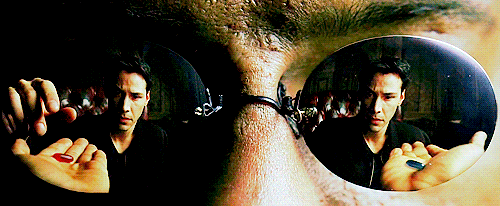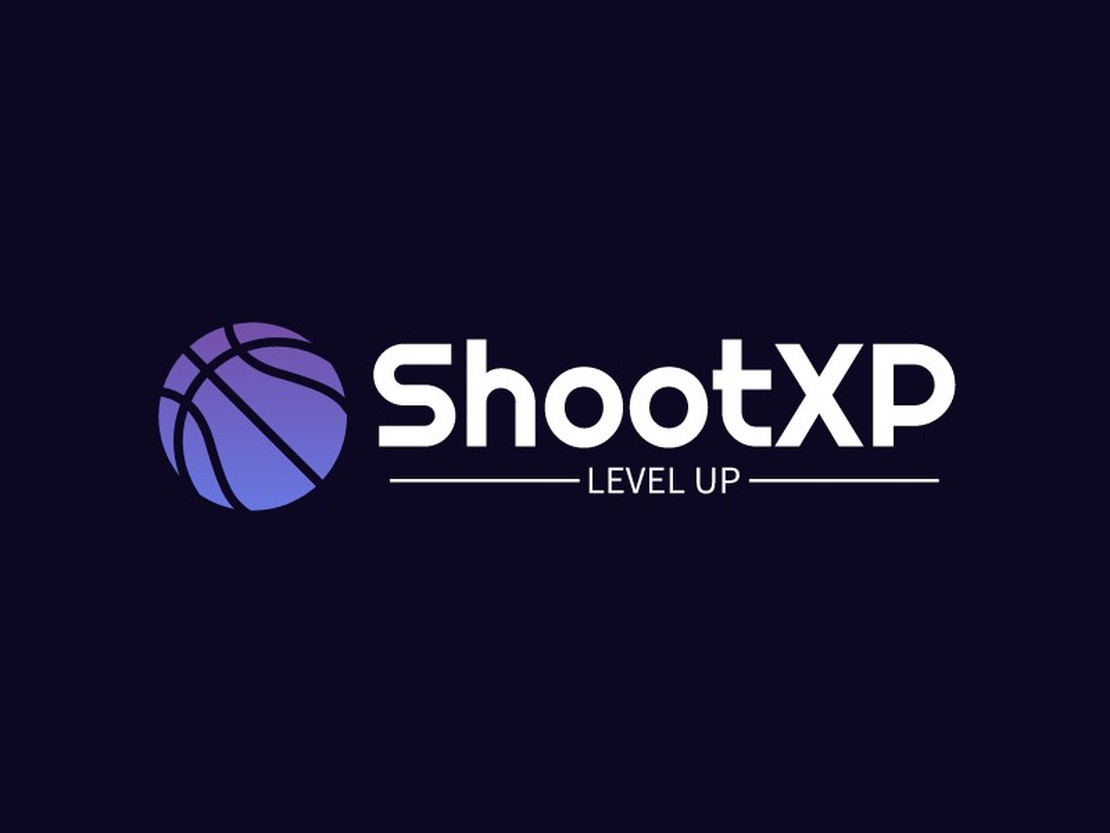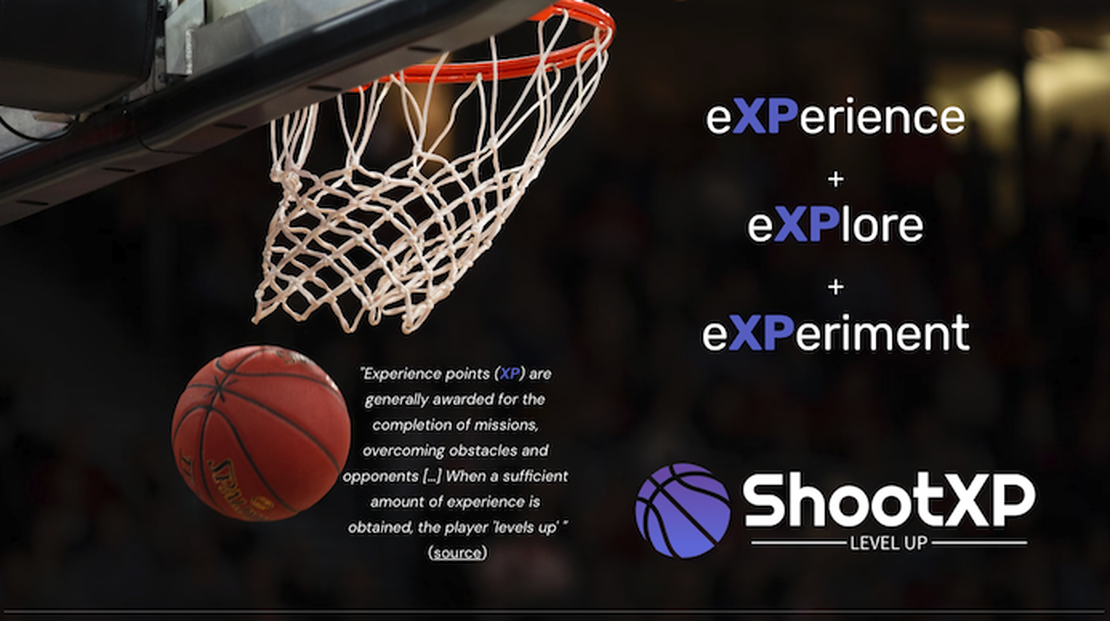
Practicing to Adapt - The Constraints Framework
- Mark Upton
- February 6, 2024
To explain it in the most concise way possible, the constraints framework is a comprehensive framework for understanding, and influencing, behaviour over various timescales. It can guide “how” to bring to life the ShootXP principles (AAA , XP ), particularly in regards to “practicing to adapt”. It is also a valuable framework for sensemaking, acknowledging that player development is a complex process that requires practitioners to continually make sense of the dynamic patterns of (player) behaviour that are emerging.
(Constraints) advocates are not advocating for x or y model of practice, they are advocates for a framework explaining how behaviour is shaped under interacting constraints. This framing has been built on an array of evidence in sport and non-sport contexts explaining how individual behaviour can be shaped by any number of emerging constraints. (source )
The ShootXP app incorporates the constraints framework to help understand how various constraint manipulations are impacting shooting and player development in various ways (more on that at the end of this post). Because of this, we feel it is important to provide some further insight, which is the purpose of this post.
Keeping with the gamification theme that is prominent in ShootXP, below are 3 levels of challenge for you to choose from depending on your current understanding and appetite to ’level up’ your grasp of the constraints framework. Be warned - the rabbit hole can go deep! 🙂

One of the common things you hear is that coaches have been implementing constraints in practice for a long time but using different terminology. I think this is a reasonable observation, and even a relatively superficial understanding (one which remains disconnected from underyling principles and theories) can still be quite effective for individual and team development. Here is an article that reflects this in what I would describe as a “constraints 101” fashion - https://www.aretehoops.com/7-constraints-to-build-offensive-decision-making/ .
Many coaches like the content in the article because it provides tangible/practical examples to “copy ’n paste” into their own practices, which is absolutely a legitimate starting point (and also end point for some, given the realities of their context).
Here are some quotes taken from Brian McCormick’s book "The 21st Century Basketball Practice: Modernizing the basketball practice to develop the global player" . You’ll see here that principled and theoretical concepts such as adaptability, exploration and self-organisation start to feature alongside the constraints terminology…this reflects a more sophisticated understanding and application (Brian has been a trailblazer in blending practice and theory in his own basketball coaching and when educating others).
“(Early in my coaching career) I used a constraints-led approach to coaching (unbeknownst to me at the time) and a decision-training style of coaching. The players improved. We won games. The players had fun.”
“In a constraints-led approach, which has grown in popularity in the 21st Century, the coach manipulates the environment, person, and/or task to create specific learning tasks. The environment refers to the playing surface and conditions (inside/outside). The person refers to individual characteristics of the player, such as her height or her personality. The task refers to the actions on the court.”
“The constraints-led approach allows the coach to emphasize a specific skill, simplify the game, or add complexity without losing the game context. This approach acknowledges the interdependence and interrelationship between and amongst players, as skills are not performed in isolation. Every move or decision depends upon the location of the ball, the other players, the position on the court, and individual strengths and weaknesses.”
“Play and exploration enable players to develop adaptability based on different task constraints […] they adapt, expand, and explore to enhance their performance.”
“I do not use many drills; I change the constraints, emphasize different skills in the same games, and manipulate the scoring system to create the illusion of variety and novelty.”
“Coaches have a picture in their minds of the correct shooting technique. Is there one correct technique? Are the mistakes of a young player the result of self-organization under constraints — namely a lack of strength and coordination? Should we expect a 10-year-old to shoot with the same technique as Stephen Curry? How does distance or the proximity of defense affect shooting?”
“(using the instruction) “shoot with more air under the ball”, the body self-organizes to shoot the ball higher. This may come from a deeper knee bend, a greater ankle extension, a quicker triple extension, a higher follow-through, or another mechanism, depending on the individual’s constraints. The body has many potential ways to solve the movement problem.”
Brian McCormick. The 21st Century Basketball Practice: Modernizing the basketball practice to develop the global player. 180Shooter.com.
Building on the quotes above, here is my short take in discussion with Brian a number of years ago, briefly touching on socio-cultural constraints and longer-term player development…
If you want to “stay in wonderland and see how deep the rabbit hole goes”, then Alex Sarama is the person for you as he aspires to transform basketball …
If you prefer something to read from Alex, checkout making sense of the constraints-led approach in basketball
Constraints and the ShootXP Platform
As alluded to earlier, the constraints framework is a vehicle to bring both “AAA” (Adaptability | Autonomy | Affect) and “XP” (eXPerience | eXPlore | eXPeriment | eXPertise) principles to life, not just in practice sessions but in the broader context of player development environments.
When it comes to shooting in particular, we have incorporated a constraints feature into the ShootXP platform. This will enable you to capture the constraint(s) you have manipulated in an activity (whether that be a shooting workout through to a full court scrimmage) and, through filtering, begin to make sense of how they are influencing various aspects of shooting. We have made a concerted effort to have our practice analytics provide insights into adaptability and representative dimensions of shooting, which is where intelligent and intentional manipulation of constraints can have an enormous impact.
To the best of our knowledge, the ShootXP platform is the first and only tool to have been developed with these concepts and principles at the forefront of the design process.
Please get in touch if you would like to explore how the combination of our mentoring, guiding frameworks and the ShootXP platform could support you to ’level up’ your player development environment 🚀🚀🚀🚀


